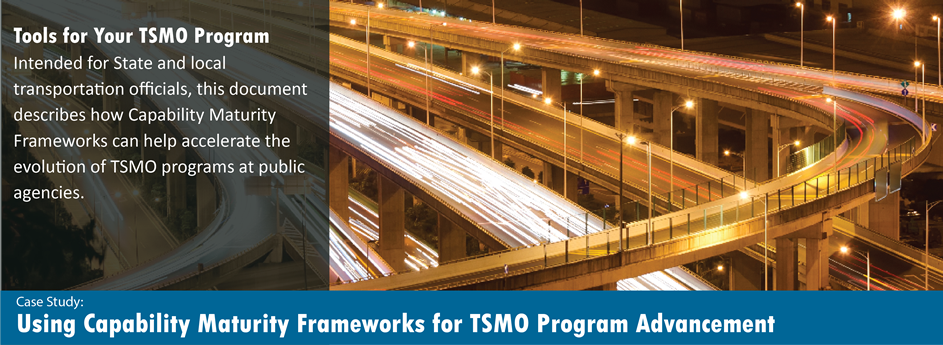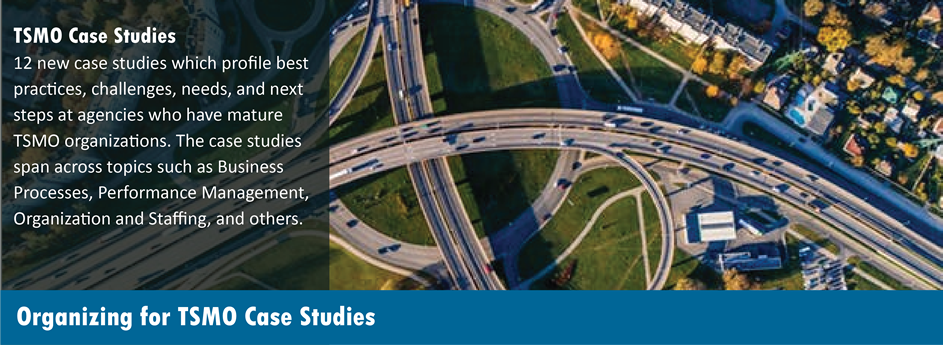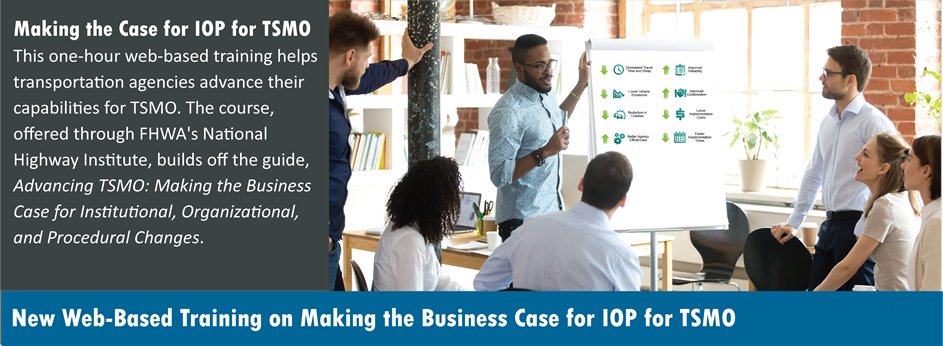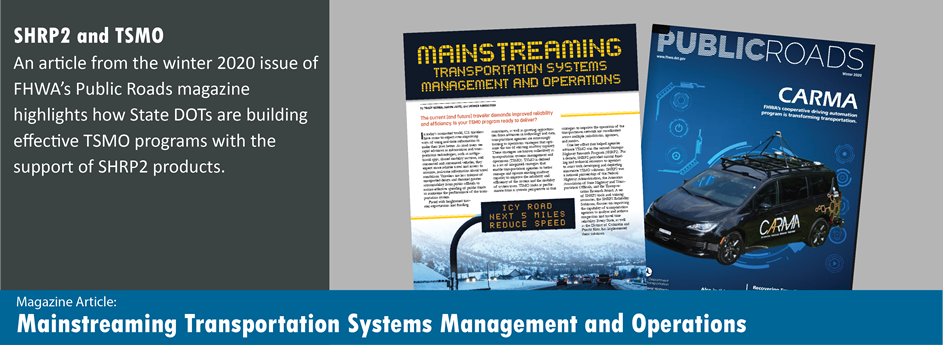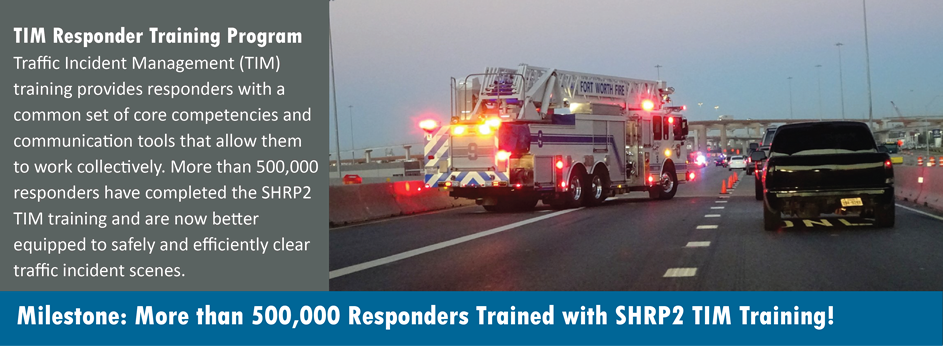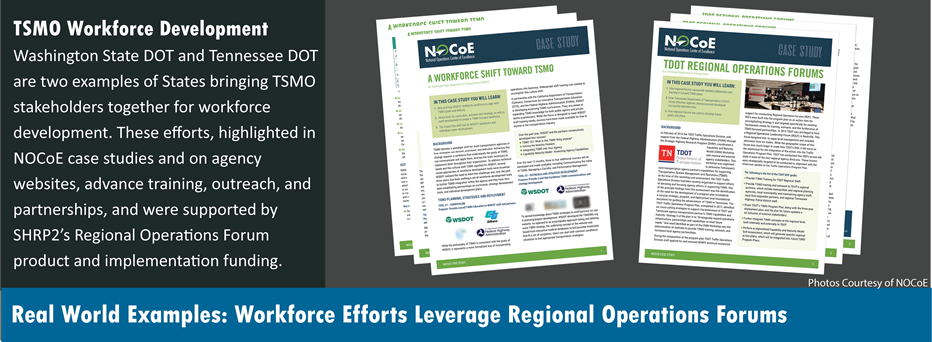The second generation Strategic Highway Research Program (SHRP2) looked for solutions to national transportation challenges, including congestion and the reliability of travel times. The resulting SHRP2 Reliability Products enable transportation agencies to build knowledge and capacity of Transportation Systems Management and Operations (TSMO) strategies and programs, helping them maximize roadway efficiency while minimizing public costs.
Quick Links: Reliability Product Bundles
This site contains a variety of tools, products, and resources for public agencies to implement TSMO. Below are the most used. Don't see the product you are looking for? Check the full Reliability Products listing page. To learn the impact of the SHRP2 products, view the testimonial flyer (HTML, PDF).
Useful Resources
Mainstreaming TSMO
An article from FHWA's Public Roads magazine that highlights how State DOTs are building effective TSMO programs with the support of SHRP2 products.
FHWA Organizing and Planning for Operations
Contains resources and links transportation agencies can use to better equip themselves for operations.
National Operations Center of Excellence
Offers an array of TSMO technical services such as peer exchanges, workshops, best practices, and webinars.
AASHTO Committee on Transportation System Operations
AASHTO committee focused on TSMO and intelligent transportation systems (ITS) with a goal of improving safety, reliability, and highway system performance.
Transportation Research Board (TRB)
One of the three national partners that developed and implemented the SHRP2 program. SHRP2 foundational research can be found here.
SHRP2 Reliability Lead Implementer Roundtable Report
Summarizes key activities and lessons learned by 10 early implementers of SHRP2 Reliability products.

